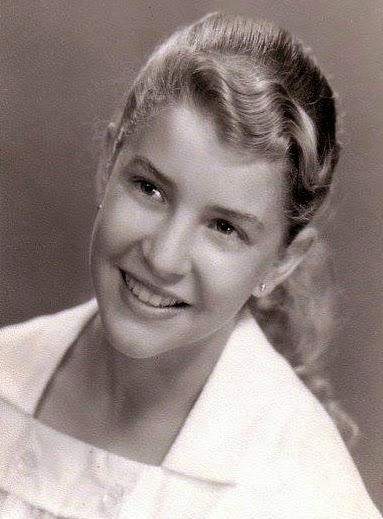MULHER
RENDEIRA
TRIO
NAGÔ
COMPOSITOR:
LAMPIÃO
PAÍS:
BRASIL
Obs:
CLÁSSICO DA MÚSICA BRASILEIRA
ÁLBUM: VINTAGE
BRAZIL Nº 15 – EP MULHER RENDEIRA
GRAVADORA:
RCA VICTOR
GÊNERO:
XAXADO
ANO: 1956
O trio foi criado na
cidade de Fortaleza, CE em 1950 sendo integrado por Evaldo Gouvêia, compositor,
cantor e violonista nascido em Iguatu, CE, em 8/8/1930; pelo cantor e
violonista Mário Alves, nascido em 1914, e pelo vocalista e tocador de atabaque
Epaminondas de Souza, os dois, naturais da cidade de Fortaleza, CE. Epaminondas
de Souza faleceu de infarte no Rio (...)
Mulher Rendeira, também conhecida como Mulé Rendeira ou Muié Rendeira (regionalismo), é uma canção brasileira de xaxado.
Segundo a versão mais conhecida, do Padre Frederico Bezerra
Maciel, regionalista pernambucano e biógrafo de Virgulino Ferreira da Silva, o Lampião, o
afamado cangaceiro teria escrito os versos da versão original da canção. A ele
se acrescenta Câmara Cascudo, segundo o qual Lampião teria
escrito a letra em homenagem ao aniversário de sua avó Dona Maria Jocosa Vieria
Lopes ("Tia Jacosa") em 15 de setembro, que era uma rendeira. Compôs
a canção entre setembro de 1921 e fevereiro de 1922, quando a apresentou em Floresta (Pernambuco). A canção tornou-se
praticamente um hino de guerra dos cangaceiros
do bando de Lampião, tendo inclusive relatos de que o seu ataque à Mossoró
em 1927 teria
sido feito com mais de 50 cangageiros cantando "Mulher Rendeira".
Está registrada
no ECAD como
de autoria de Alfredo Ricardo do Nascimento (Zé do
Norte).
A canção se tornou internacionalmente famosa após a versão
adaptada por Zé do Norte e cantada por Vanja Orico
para o filme O Cangaceiro (1953), que além de ganhar
o prêmio de "Melhor Filme de Aventura" no Festival de Cannes, também recebeu menção
especial do júri pela trilha sonora.
Foi gravada em 1957 por "Volta
Seca", um ex-membro do bando de Lampião, no álbum "Cantigas de
Lampião" pela Todamerica.. Além destes, foi interpretada por vários
cantores brasileiros, como Luiz Gonzaga, Elba Ramalho,
Chico César,
Demônios da Garoa e outros.
Foi traduzida
para o inglês, a versão mais famosa é de 1962 por The Shadows
no álbum "Out of the Shadows", com o nome "Bandit" e
escrita por Michael Carr, Milton
Nascimento e Zeb Turner. Há também versões de Tex Ritter,
Frank Weir, Chaquito and the
Quedo Brass, a cantora folk
Joan Baez,
a banda psicodélica "The Eight Day". Há
também uma versão peruana "Mujer Hilandera" de Juaneco y su Combo. No
total, são mais de 120 versões da canção em 7 línguas, e 14 países. Muitas não
são traduções exatas mas mudam a letra mantendo a sonoridade.
Olê muié rendera
Olê muié renda
Tu me ensina a fazê
renda
Que eu te ensino a
namorá
Lampião desceu a
serra
Deu um baile em
Cajazeira
Botou as moças
donzelas
Pra cantá muié
rendera
As moças de Vila Bela
Não têm mais ocupação
Se que fica na janela
Namorando Lampião.





